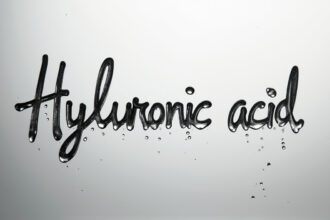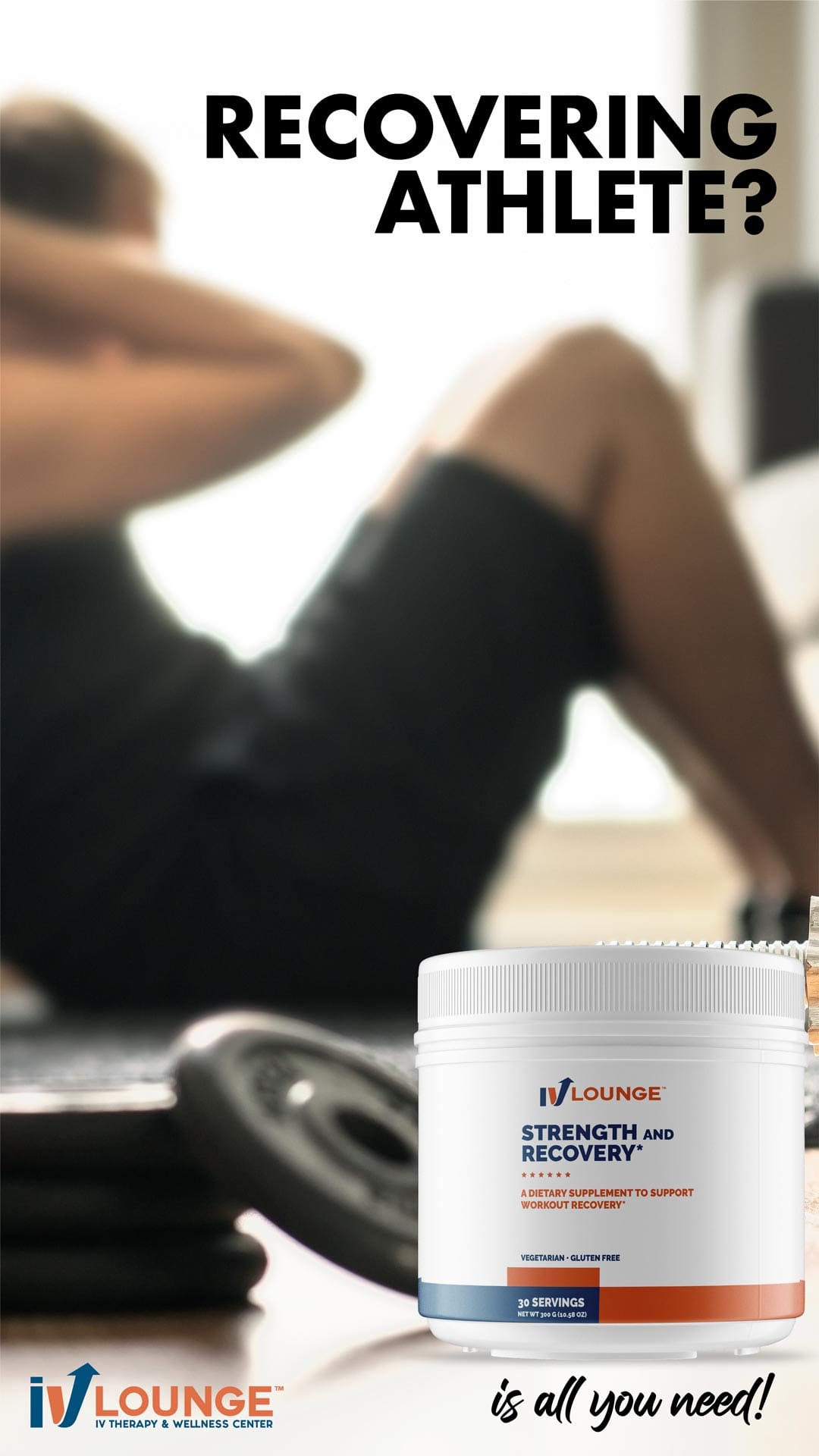By Megan Johnson McCullough
When exercise takes place, we move our bodies with the intention of bettering our health. There are many different ways to work up a sweat, each placing different demands on our heart and activated muscles. The two main forms of cardiovascular activity are aerobic and anaerobic. Selection of either can be influenced by a person’s age, goals, and level of fitness. Either way, we have to make time to move, but knowing what moves are best for your body can help with making more effective choices when weighing aerobic vs anaerobic exercise.
Aerobic
Aerobic exercise is done at low to moderate intensity and means “with oxygen”. Walking, jogging, cardio machines like the Elliptical, cycling, and swimming, are all common modalities. The majority of people at the gym use the cardiovascular machines aerobically. A person is able to sustain this activity for more than a few minutes as their heart rate is elevated. Regular aerobic activity is beneficial to the heart, improves stroke volume (blood pumping mechanism), and the body becomes more efficient with oxygen use. Activity level still allows you to hold a conversation because becoming breathless is not the goal. The body is moving at a steady state and using slow twitch muscle fibers.
Anaerobic
Anaerobic exercise is much more intense, as the participant is working towards their maximum output and effort. This would be like sprinting, which means the duration is much shorter but faster. High intensity interval training (HITT), has become recently popular for this type of exercise. Intervals and active recovery are paired to spike the heart rate.
Tabata is also another term popular for intervals. These are shorter in duration (usually 20 seconds) versus the traditional 30 seconds or 1 minute. For some, passing the time using a stop watch for this training is less monotonous then staring at the time on a machine. However, intervals can be done on a machine too (try it out on the Elliptical). The demand of oxygen is greater than the supply, which means eventually the body is working “without oxygen”. Then other energy sources are triggered. When there is not enough oxygen, lactic acid builds quickly, which is why anaerobic activities can only last for a short time (at most two minutes). The body then uses glycogen, which equates to carbohydrates.
So aerobic vs anaerobic, which is best?
The best workout involves both styles. Neither type is better for a person than the other. The two compliment one another. Some may claim that aerobic activities are more leisurely and enjoyable whereas anaerobic exercise is more time efficient and demanding on the body. Both burn fat, improve cardiovascular health by strengthening the heart and lungs, prevent cardiovascular diseases, improve immunity, and help us like what we see in the mirror. Not everyone is keen on cardio, but it’s a must do on the agenda.
Not all exercise is created equal, because every body type is different. The bottom line is that movement is medicine to the body. When weighing aerobic vs anaerobic exercise, find what is enjoyable, doable, and accessible for you. The body is empowered when treated with exercise. Make exercise a priority, no matter what type, and treat your body like the temple it is.








